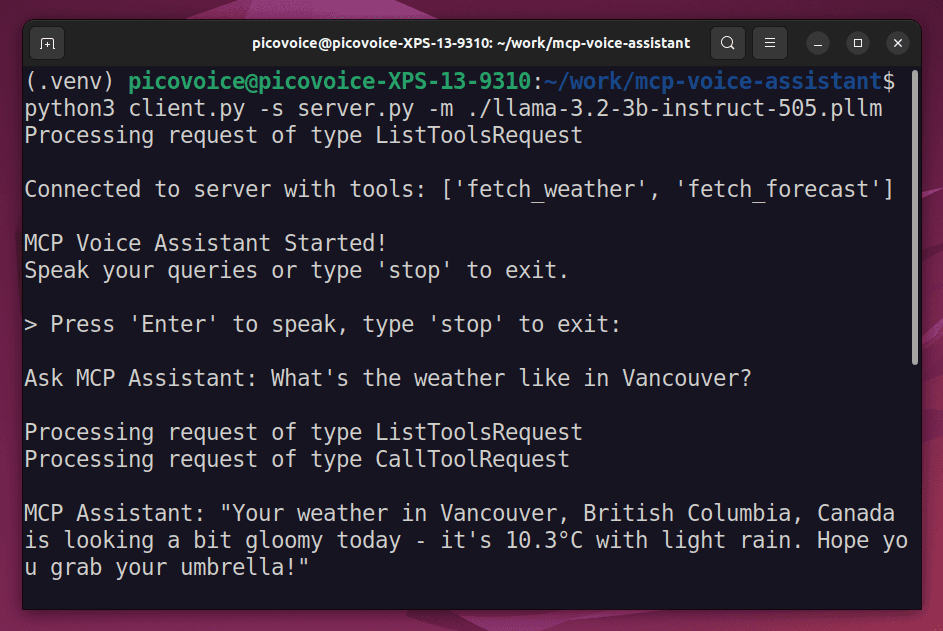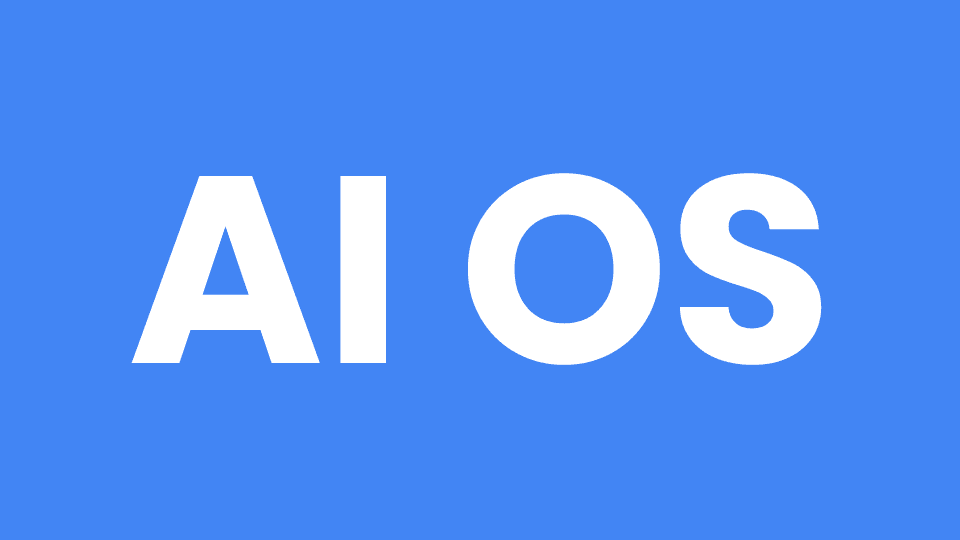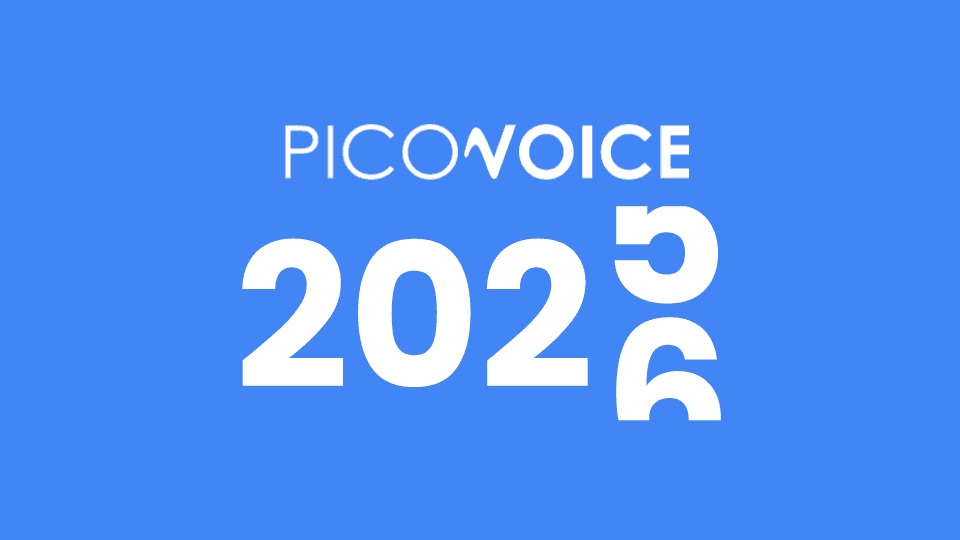User Interfaces determine the success of software. Several factors, such as ease of use, efficiency, accessibility, and aesthetics, affect how users navigate the system without confusion, easily find the functions, and receive appropriate feedback for their actions. For enhanced user experience, a well-designed User Interface should address all, making it crucial for businesses to prioritize User Interface design. This article discusses different types of User Interfaces and their advantages and disadvantages.
What’s a User Interface?
A User Interface (UI) is the interaction point between humans and machines. It encompasses the visual, auditory, and tactile elements that enable users to interact with computers. It’s a bridge that facilitates communication between humans and machines.
What are the types of User Interfaces?
User Interfaces (UIs) come in various forms, each catering to different interaction styles and user preferences. Graphical User Interfaces, Touchscreen Graphical User Interfaces, Menu-Driven Interfaces, Command Line Interfaces, Conversational User Interfaces, Natural User Interfaces, Virtual Reality and Augmented Reality Interfaces are the common types of User Interfaces.
1. Graphical User Interface:
A Graphical User Interface (GUI) is a visual interface that employs icons, menus, and buttons to enable user interactions. Graphical User Interfaces hide the complexity of actions behind simple controls and offer immediate visual feedback. However, GUIs require substantial power and memory resources. Hence, they suffer from low discoverability and overwhelming control elements.
2. Touchscreen Graphical User Interface:
Touchscreen Graphical User Interfaces (Touchscreen GUI) are prevalent in portable devices such as smartphones. Users interact with the interface by touching, swiping, and tapping, offering quick and direct engagement. Its advantages include easy manipulation, accessibility, and adaptability to various devices. However, limitations in control element size and accidental activations can be drawbacks.
3. Menu-Driven Interface:
Menu-Driven Interfaces rely on menus and submenus for navigation. It's useful for novice users due to its familiarity and low cognitive load. Users progress through different screens by tapping menu items. Despite the simplicity, it might limit options, hide sub-menus, and occupy substantial screen space.
4. Command Line Interface:
A Command Line Interface involves text-based interactions and is popular among system administrators and programmers. It offers efficiency, scalability, and automation possibilities. However, Command Line Interfaces require some familiarity and may offer limited intuitive usability, making correct error handling and documentation crucial.
5. Conversational User Interface:
Conversational User Interfaces (Conversational UIs) enable users to interact through voice or text, resembling human conversation. The Voice User Interface is a subcategory of the Conversational User Interface. Conversational User Interfaces are versatile, personal, and adapt to user behavior. However, they might lack visual cues and require careful design to mimic the natural flow of conversations.
6. Natural User Interface:
Natural User Interface (NUI) involves interactions that mimic real-world gestures and behaviors, including touch, voice, hand gestures, body movements, and facial expressions. Natural User Interfaces aim to create a more intuitive and natural way of interacting with machines.
7. Virtual Reality and Augmented Reality (AR) Interfaces:
Virtual Reality (VR) Interfaces immerse users in a simulated environment, while Augmented Reality (AR) Interfaces overlay digital information onto the real world. Both VR and AR Interfaces often involve gestures, head movements, and controllers for interaction.
What’s the best User Interface?
There is no single User Interface that works for everyone. The answer to the best User Interface depends on user needs and preferences. GUIs are ideal for straightforward interactions, touchscreen GUIs for quick touch interactions, Menu-driven Interfaces for simplicity, CLIs for efficiency and automation, and conversational UIs for natural interactions. Moreover, products can leverage multiple user interfaces: Multimodal User Interfaces. For example, an iPhone leverages Touchscreen and Voice User Interfaces. Similarly, Google Search leverages Graphical and Voice User Interfaces.
What’s Next?
If you’re interested in developing a Voice User Interface, whether as a standalone interface or used with other interfaces, don’t forget to check out tips from conversational AI expert Erica Hall and the Picovoice team or read more on Voice User Interfaces.
If you’re ready to build a Voice User Interface, Start Free or get expert help.







